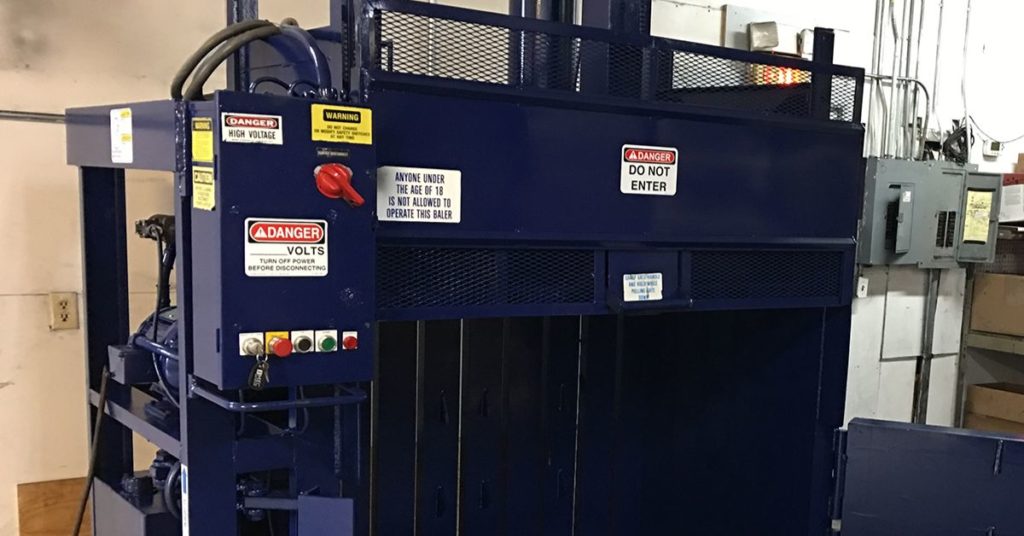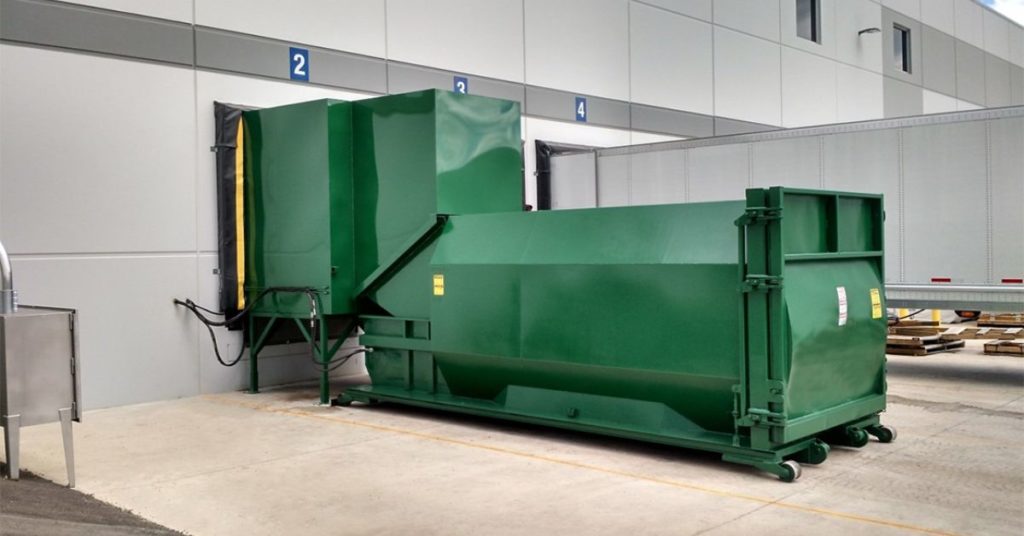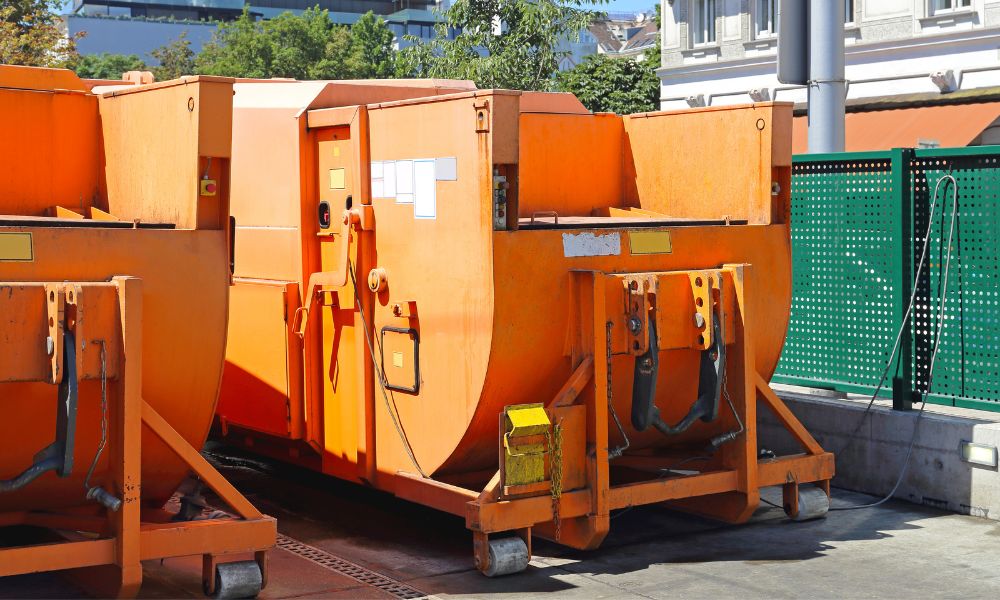Minimizing commercial waste is an essential aspect of sustainable business practices. It not only reduces the environmental footprint but also contributes to cost savings and improved operational efficiency. Companies across various industries should continue focusing on waste reduction strategies to achieve these goals.
When businesses produce large amounts of waste, it often ends up in landfills, where it can take years to decompose, releasing harmful gases and chemicals in the process. Learning what you can do to minimize commercial waste will result in a more sustainable future, as well as some economic benefits.
Implement a Comprehensive Recycling Program
A robust recycling program is the base of any waste reduction strategy. Businesses should start by assessing the types and volumes of recyclable waste they generate. Then, they can segregate and collect common materials, such as paper, cardboard, plastics, and metal, for recycling. Partnering with a reliable recycling service provider can streamline the process and ensure the correct procedure for recyclable materials.
Reduce, Reuse, and Repurpose
The principles of reduce, reuse, and repurpose are fundamental to minimizing waste. Companies can prioritize reducing waste at the source by adopting practices such as inventory management, digital documentation, and efficient packaging. Reusing items, like office supplies and equipment, can further reduce waste generation. Repurposing materials, like utilizing scrap materials for new projects or donating excess inventory, can also contribute to waste reduction efforts.
Optimize Waste Management Processes
Efficient waste management processes can lead to significant reductions in commercial waste. Conducting regular audits to identify waste streams and their sources allows businesses to pinpoint areas for improvement. Implementing waste sorting systems and tracking waste generation can provide valuable insights into waste patterns. Furthermore, proper baler maintenance ensures the longevity and efficiency of baling equipment, which is essential for compacting recyclable materials and reducing waste volume.
Engage Employees and Foster a Culture of Sustainability
Employee engagement is an essential part of what you can do to minimize commercial waste. Providing training sessions and workshops on sustainable practices can empower employees to take an active role in minimizing waste. Encouraging feedback and suggestions from employees can also lead to innovative waste reduction ideas. Fostering a culture of sustainability within the organization, where waste reduction is a shared responsibility, can drive collective efforts toward achieving waste reduction goals.
Leverage Technology for Waste Tracking and Reduction
Technology plays a pivotal role in modern waste management strategies. Utilizing software and digital tools to track waste generation and disposal can enhance transparency and accountability. These tools can provide real-time data and analytics, enabling businesses to make informed decisions on waste reduction. Automated systems for waste sorting and processing can also improve efficiency and reduce human error.
Minimizing commercial waste is a multifaceted effort that requires a strategic approach and commitment from all levels of the organization. These efforts not only contribute to environmental sustainability but also enhance operational efficiency and cost savings.


